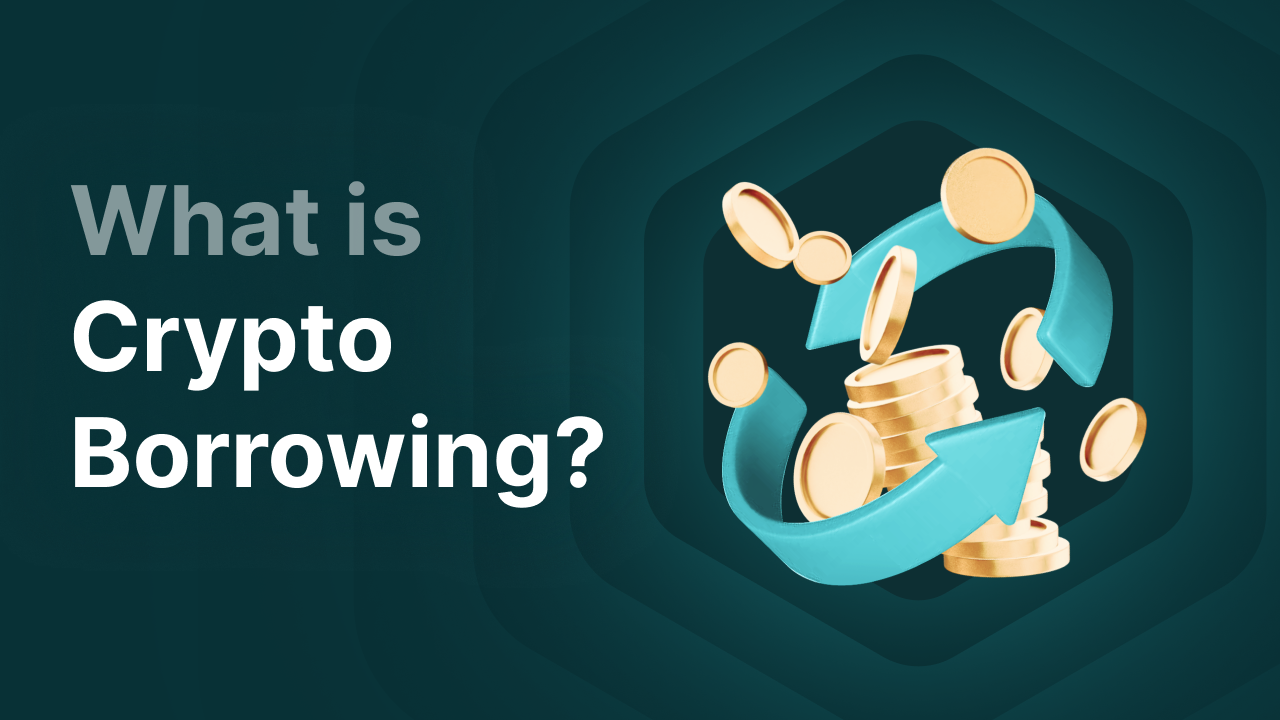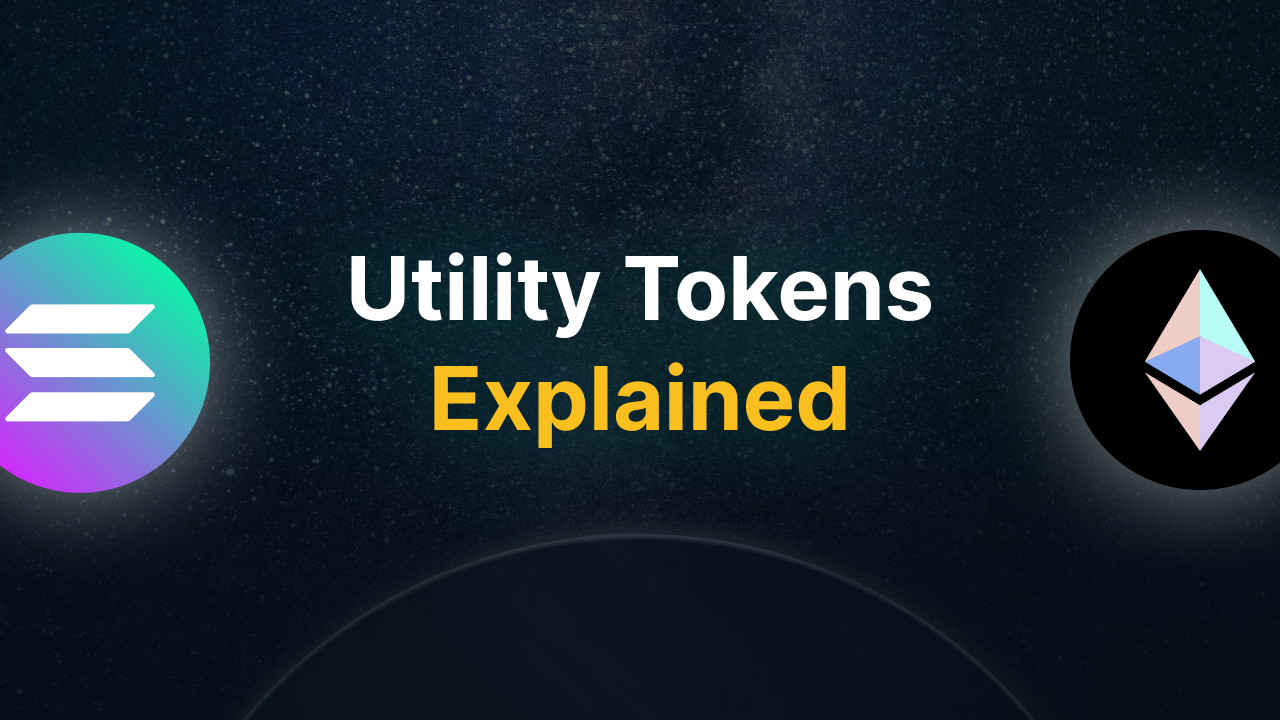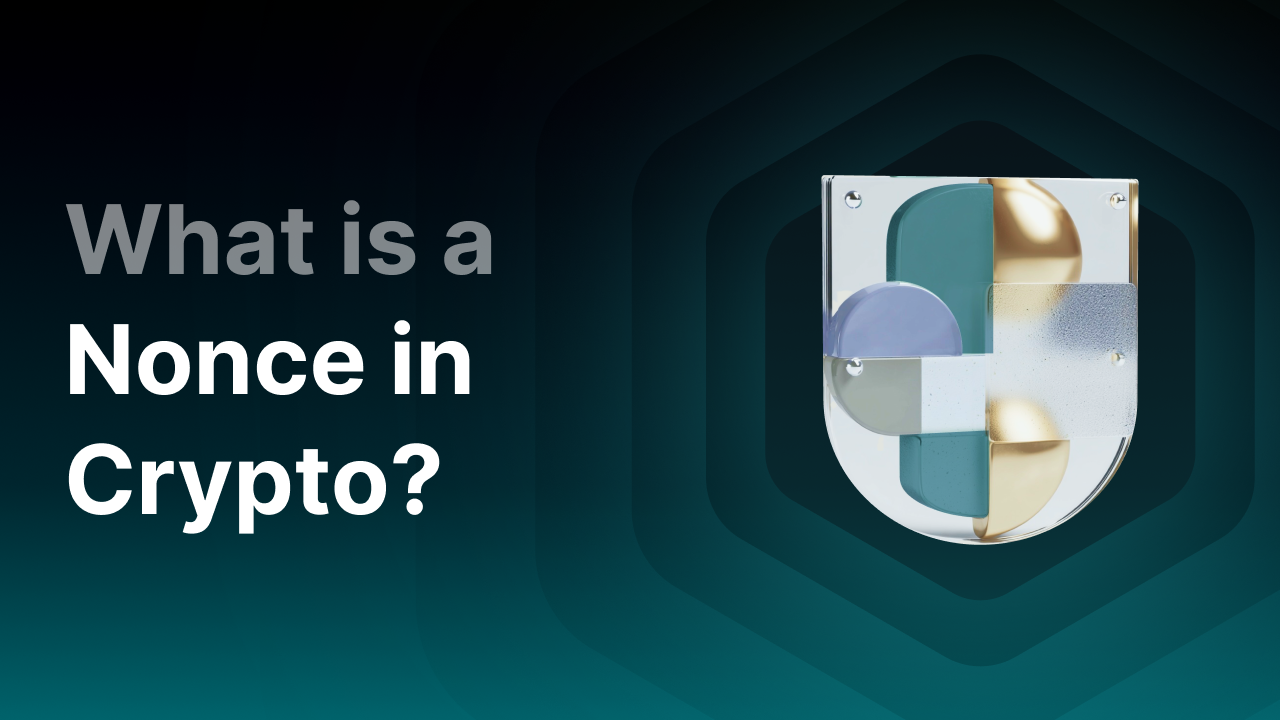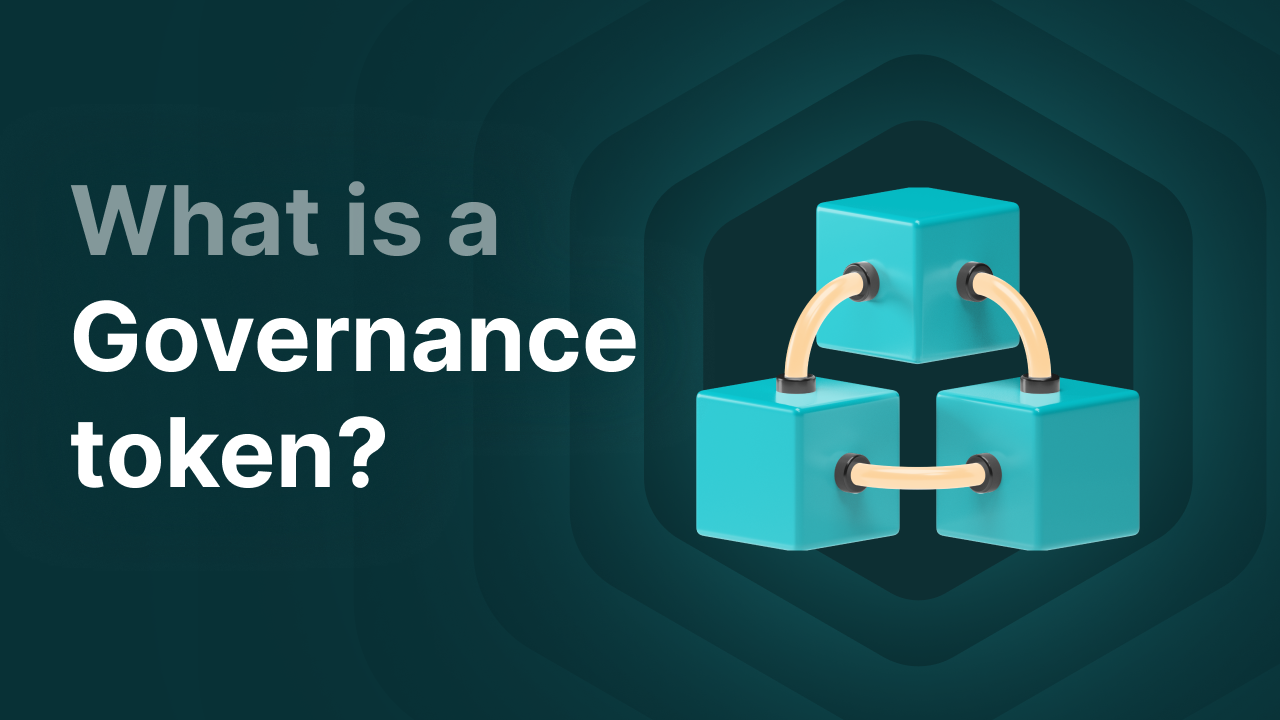Crypto Loans: an Introduction to Crypto Borrowing

What is Crypto Borrowing?
Crypto borrowing is a process that allows you as a user to borrow crypto through a decentralized finance protocol (DeFi) or centralized platform (CeFi). Borrowing often happens from a liquidity pool filled by lenders. This is a different process and is called crypto lending. While borrowing and lending overlap, they are two distinct concepts and should not be confused.
Key Takeaways
-
Crypto borrowing allows you to access liquidity without selling your crypto, by using collateral to secure a loan.
-
You borrow via DeFi protocols such as Aave or Compound by depositing crypto as collateral and immediately receive the borrowed amount based on the LTV ratio.
-
The collateral remains locked in a smart contract and is automatically liquidated if its value drops below the liquidation threshold or until you repay the debt.
-
Interest on DeFi loans is usually variable and algorithmically determined based on supply and demand within the protocol.
-
Crypto borrowing offers quick access to capital without a credit check but carries risks such as liquidation, smart contract exploits, and price volatility.
How Does Crypto Borrowing Work?
The lender enables the borrowing of crypto. They offer their crypto as lendable in exchange for interest. The borrower can then borrow the crypto at an interest rate. To take out a crypto loan, the borrower must provide collateral to fully secure the loan. This is to prevent the lender from losing their crypto if the borrower fails to repay. The required collateral depends on the volatility of both the crypto you want to borrow and the crypto you provide as collateral. Many platforms express this through the Loan-to-Value (LTV) ratio. The more volatile a cryptocurrency is, the lower the allowed LTV, and the more collateral you must provide to borrow a certain amount.
This means that for stablecoins, you need less collateral because they are the least volatile. Most altcoins are more volatile than Bitcoin and Ethereum because their market caps are smaller. Meme coins, such as SHIB and DOGE, are considered highly volatile because they lack fundamental value and rise or fall based on hype.
LTV is expressed as a percentage between 0 and 100%. If it’s 50%, that means for every euro of crypto you want to borrow, you must provide twice as much in collateral. In this example, €2 in collateral.
Example: You want to borrow €10,000 in Bitcoin (BTC) with a 50% LTV ratio. You must provide €20,000 in BTC as collateral.
All of this is handled through a smart contract. The contract outlines the loan terms, the collateral, the interest rate the borrower must pay, and the repayment period. If the borrower doesn’t repay or if the collateral drops significantly in value, part or all of the collateral is automatically liquidated via the smart contract. The proceeds are used to repay the loan. Any excess is returned to the borrower. This happens without any third-party involvement.
The smart contract acts as an automated intermediary managing the interaction between borrower and lender without a central authority. This is facilitated through DeFi applications such as Aave, Compound, and MakerDAO. Each of these offers different conditions such as interest rates. Everything operates in a decentralized manner via smart contracts, with no central party pulling the strings. Instead, users determine the operations through DAOs. There are also centralized platforms offering crypto borrowing. The drawback is that these centralized platforms hold control and can easily change interest rates or liquidate your loan without notice.
Crypto borrowing enables users to access extra liquidity without selling their existing crypto. This allows for investments, purchases, or other financial obligations to be met while retaining ownership of the crypto and benefiting from potential future price increases. Ideal for HODLers who want liquidity without using their own crypto.
The Process of Crypto Borrowing on a Decentralized Platform (DeFi)
The borrowing process works by borrowing crypto from lenders in exchange for collateral and an interest rate, encouraging others to lend their crypto through lending contracts.
This process typically runs through decentralized platforms (DeFi applications). Each has its own process, but the core functionality is similar:
1. Selecting a DeFi Protocol
First, you need to find a suitable DeFi platform that offers crypto borrowing. Different protocols exist for networks like Ethereum, Polygon, and Solana. Popular protocols include Aave, Compound, and MakerDAO. Things to consider when choosing a protocol:
-
Supported cryptocurrencies (what you can borrow and use as collateral)
-
Interest rates (expected borrowing cost)
-
LTV ratios and liquidation rules
-
Interface user-friendliness
-
Protocol reputation and security (especially audits and history of hacks)
Your choice depends on personal preference, risk appetite, and available crypto. Remember, these protocols rely on smart contracts, which come with potential bugs or vulnerabilities.
2. Connecting an External Wallet
Once you've selected a suitable protocol, connect your external wallet. If you don’t have one, there are various types available. Learn more here.
Common external wallets:
- MetaMask
- Trust Wallet
- Ledger (hardware wallet)
- WalletConnect (for mobile wallets)
You’re fully operating in a decentralized environment. This means no login credentials like passwords or emails. Instead, you connect your wallet through a smart contract by accepting the request sent by the protocol.
3. Depositing Collateral
After connecting your wallet, deposit collateral to take out a loan. Choose a supported crypto (like ETH, POL, LINK, or USDC) and send it via your wallet to the protocol’s smart contract.
The Loan-to-Value (LTV) ratio is indicated in the protocol. Once deposited, the smart contract holds your collateral for the loan. You remain the owner in principle but only get it back after repaying the loan in full or if it’s not liquidated due to price fluctuations.
4. Loan Request
Now it’s time to borrow crypto. After depositing collateral, specify the amount and type of crypto you wish to borrow. The protocol automatically calculates your maximum borrowing capacity based on your collateral value and LTV. After accepting the offer, you receive the borrowed amount in your wallet.
5. Interest Rate
Interest rates on DeFi platforms are usually variable and dynamic, influenced by crypto type and governed by algorithms balancing supply and demand. Some platforms also offer fixed rates depending on market conditions.
Interest is calculated in real-time and continuously added to the debt.
6. Repayment and Liquidation
On most DeFi platforms like Aave or Compound, loans are flexible, and users can repay anytime, including interest. Once repaid, the collateral is automatically released. Some protocols have fixed terms. Terms are defined in the smart contract upfront.
Note that unpaid interest accumulates. The longer you wait, the more interest you owe.
If the collateral value drops below a certain threshold (the liquidation threshold), the smart contract is triggered:
- The collateral is partially or fully sold to liquidators via the protocol.
- This covers the loan and minimizes protocol risk.
- A liquidation penalty is often applied, reducing the returned amount.
Advantages of Crypto Borrowing
Borrowing crypto offers several benefits to users:
-
Access to liquidity without selling: Crypto borrowing lets users unlock capital without having to trade in their crypto. This gives them capital while still benefiting from possible future gains.
-
No credit check: Unlike traditional loans, borrowing through DeFi doesn’t require a credit check. No one checks your income or other debts. Smart contracts manage everything by requiring collateral to secure repayment.
-
Fast transactions: Thanks to smart contracts, everything happens quickly. Instead of lengthy processes, you can borrow in minutes. Ideal if you need immediate liquidity due to a short-term market opportunity.
Risks of Crypto Borrowing
Borrowing crypto also involves serious risks to consider. These are the main risks:
-
Price volatility: The value of your collateral can fluctuate heavily. A sudden drop can trigger liquidation. Also, borrowing volatile crypto can lead to large losses if its price drops sharply.
-
Smart contract risks: DeFi platforms rely on smart contracts that may have vulnerabilities. These can be exploited, resulting in loss of your collateral.
-
Lack of deposit insurance: Unlike banks, crypto platforms are not insured. If hacked or bankrupt, losses are not reimbursed. DeFi platforms aren't companies, so you can't hold anyone accountable.
Final Thoughts
Crypto borrowing through DeFi offers an innovative way to access liquidity without having to sell your crypto. By depositing collateral and using smart contracts, users can quickly unlock capital without the involvement of a traditional bank. This makes it especially appealing to investors who want to maintain their positions while gaining access to additional financial resources.
At the same time, the system also carries risks, such as price volatility, smart contract vulnerabilities, and the potential liquidation of collateral. Successfully using crypto borrowing therefore requires not only technical knowledge but also a solid understanding of the dynamics within DeFi protocols and the risks involved.




